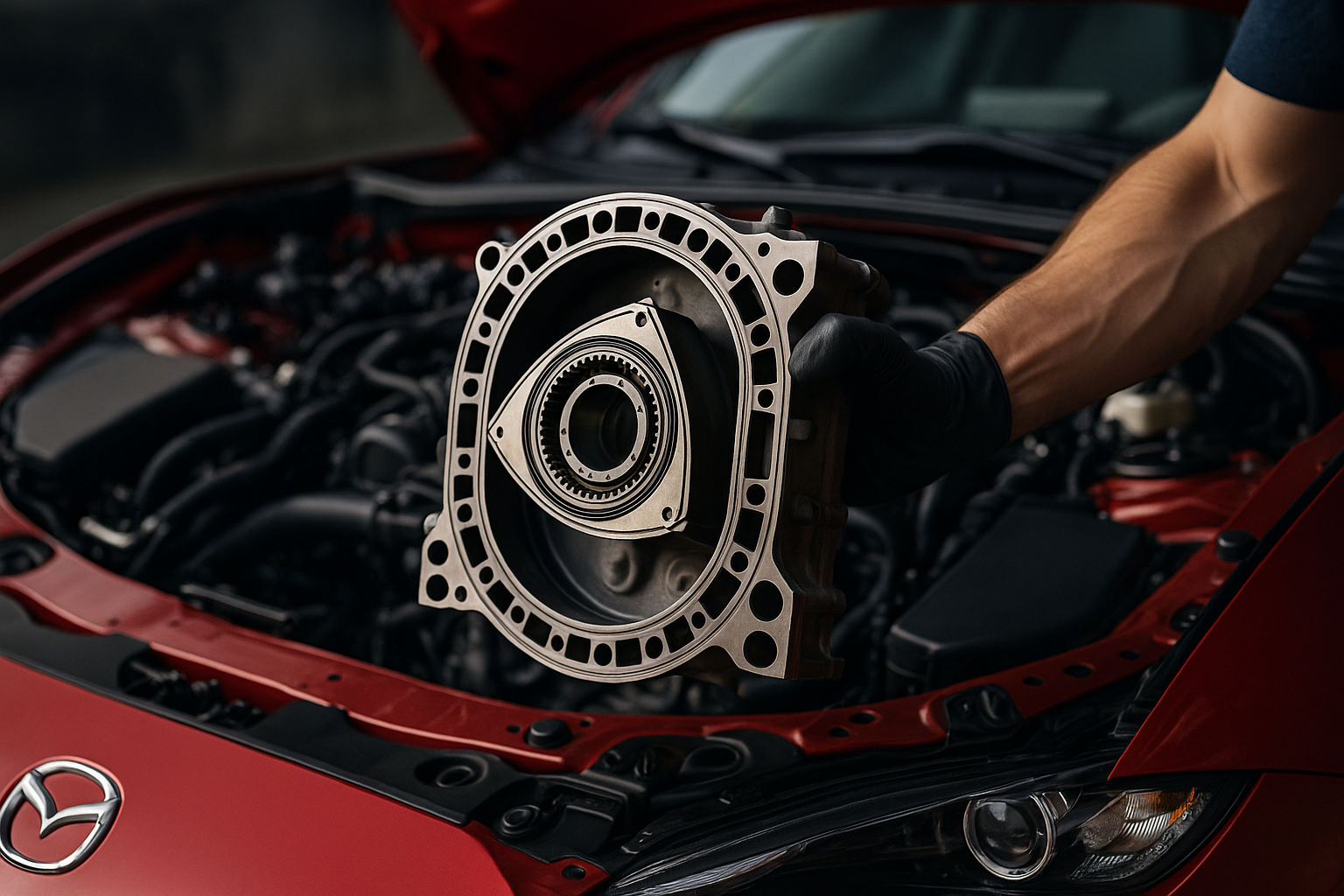The Resurgence of the Rotary Engine: A Twist in the Tale of Automotive Innovation
Introduction: In the realm of automotive engineering, the rotary engine’s tale is one of promise, disappointment, and an unexpected resurgence. Despite being dismissed as a relic of the past, recent developments have breathed new life into this unique technology. But what's causing this pivot back to the rotary engine, and what could this mean for the future of car design and performance?

A Brief History of the Rotary Engine
The rotary engine, also known as the Wankel engine, was the brainchild of German engineer Felix Wankel in the late 1950s. Its unique design, with a spinning rotor instead of the traditional reciprocating pistons, promised smooth operation, light weight and compact size. These attributes attracted significant interest from car manufacturers, notably Mazda, which became synonymous with rotary engines. However, despite initial enthusiasm, problems such as poor fuel efficiency, high emissions, and reliability issues led to its decline by the 1980s.
The Unexpected Comeback
Fast-forward to the present, and the rotary engine is seeing an unexpected resurgence. This is largely thanks to advancements in material science and fuel technology, which have helped to address some of its historical shortcomings. For example, modern alloys and sealing techniques have mitigated wear and tear, while direct fuel injection has improved fuel consumption and emissions. These developments have sparked renewed interest in an engine type once considered obsolete.
Advantages of the Rotary Engine
The rotary engine has several inherent benefits that make it attractive in the current automotive landscape. Its small size and low weight make it ideal for compact and sports cars, while its smooth operation offers a unique driving experience. Furthermore, the rotary engine’s configuration enables high power output, making it a favorite among performance enthusiasts.
Challenges Facing the Rotary Revival
Despite the rotary engine’s potential advantages, significant challenges remain. Its unconventional design requires specialized knowledge for production and maintenance, potentially increasing costs. Furthermore, although improvements have been made, the rotary engine still struggles with fuel efficiency and emission standards compared to more conventional engine types.
The Future of the Rotary Engine
The future of the rotary engine is still uncertain but undoubtedly intriguing. Mazda, the main proponent of rotary technology, is exploring its use as a range extender in electric vehicles. This application takes advantage of the engine’s compact size and smooth operation while mitigating its weaknesses, a creative solution that could ensure the rotary engine’s place in the future of automotive technology.
In conclusion, the story of the rotary engine is a testament to the ever-evolving nature of automotive technology. It serves as a reminder that sometimes, innovation comes not from discarding the old, but by revisiting it with fresh perspectives and advanced techniques. The rotary engine’s journey is far from over, and its ultimate role in the future of driving is a narrative that continues to unfold.




